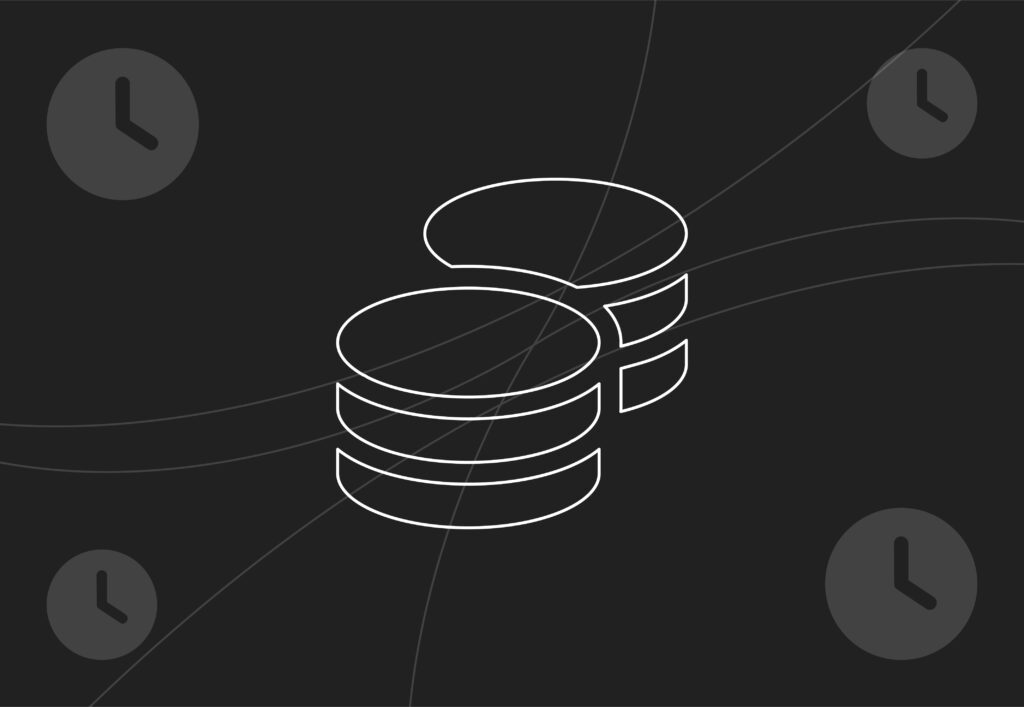
A/B testing best practices to optimise your paid ads

In the world of paid social marketing, a strong strategy should be one that is constantly evolving. A business’s marketing plan should remain competitive, and the key to keeping ahead of the curve is testing! Including a campaign specifically tailored to prospecting is a great way to find new audiences and test variations in creative. Additionally, A/B testing is a valuable tool to help you make data-driven decisions that optimise your marketing efforts.
The importance of a well-optimised paid social strategy should not be overlooked. I’ll be breaking down the best A/B testing practices to optimise your marketing campaigns.
What is A/B testing?
A/B testing, also known as split testing, is a method used to compare two or more variables within a campaign. The goal of an A/B test is to determine which variable performs better to make more data-driven decisions for ad creation and optimisation. For paid social, these optimisations can centre around copy, imagery, calls to action, audience targeting, and so much more! They can last anywhere from seven days to a month, but a number of factors, including budgets, seasonal considerations, products, etc, influence the length you choose.
The main benefits of using A/B testing are:
- Optimising content: Understanding what types of content your audience responds to best.
- Data-driven decisions: Even if there isn’t a clear winner, you can use the results to make more informed decisions about ads and future campaigns.
- Identifying trends: These tests can help you discover trends for future content ideas.
How to set up an A/B test on Meta
Before setting up an A/B test on Meta, it’s essential to identify the variables you want to test and what you want to gain from the test. These variables could be anything within your campaign that could affect performance, including copy, images, videos, audiences, ad placements, objectives, etc.
Once you’ve established your variables, you’ll need to create multiple variations. For instance, if you want to test which style of ad copy works best, you may prepare several different headlines and primary text examples. The campaigns will run simultaneously against each other for the selected duration until a winner is announced.
Implementing changes
Once the data has been collected and the winner announced, you may want to implement or apply these optimisations for future campaigns. Remember to continue monitoring the performance of your ads. As audience behaviour is forever changing, a strong paid social strategy thrives when you stay ahead of the curve. My best advice is never to get complacent and keep running A/B tests alongside regular testing.
A/B testing best practices
A/B testing compares different versions of ads so that you can see what works best and make data-driven decisions for future campaigns. Use the best practices below to ensure your A/B test is optimised for clear and more conclusive results.
Only test one variable for more conclusive results
You’ll see more conclusive results for your test if your ad sets are identical except for the variable you are testing. Prioritise testing variables that are most likely to have the biggest impact on conversions. This will differ between businesses, so use the data already collected to inform what you need to test.
With this in mind, test multiple variables in your ads to build a strong overall strategy; just don’t do it simultaneously!
Avoid audience overlap
In order to get more conclusive results specifically regarding audience targeting, it’s essential to have enough of a gap between audiences. Audiences that are too similar can cause an overlap and lead to less beneficial results.
Here’s an example of what that would mean. Say, for instance, that you wanted to test two targeting options to see which resonates better with your audience. Fitness enthusiasts and home workout enthusiasts are two very similar audiences and would cause an overlap. Fitness enthusiasts are likely exploiting home workouts, and the overlap here is not just interest-based but behaviourally aligned, making it highly redundant. A way to segment this could be to target gym goes vs home workout-only users.
Keep testing
You can learn a lot from running an A/B test, but remember, they aren’t just a one-time thing. Testing, in general, is an ongoing process that can help inform decisions and improve ad performance while making sure your strategy is aligned with your audience. By continuously testing, you can learn more about your audience and overall performance while understanding what not to include in future campaigns. Regular testing is an extremely important aspect of a well-structured strategy, so our advice is this: stick to it!
Give it time
Ending your A/B tests early can lead to unreliable results. Avoid touching the campaigns during the learning phase, or you could interrupt the overall results and set the test back.
The data needs to be significant enough for you to act upon; otherwise, the test will be redundant. You can choose from various durations for your A/B tests, but use a minimum of 7 days for the most reliable results; lower than this may lead to inconclusive results. The maximum length for an A/B test is 30 days, and if you choose this, I would recommend seeing the test out until its conclusion so as not to disrupt any results.
The ideal campaign testing time may also depend on your objective and brand. For instance, if you know that users typically take longer to convert, it makes sense to run your A/B test for longer, allowing enough time for these expected conversions.
Set a fixed budget
You don’t need a big budget to test your ads regularly. In fact, if you have a reduced budget, testing may be more important, as it will help you get better results from a limited spend. For A/B tests, you should utilise a budget that will produce enough results to determine a winning strategy. Make sure you’re setting up your budget at the ad set level, not the campaign level, for maximum results.
Seasonal considerations
Testing is a vital element in any paid social strategy. But there are key times across the year when testing just makes sense. Seasonal considerations are essential, especially around Q4. Testing throughout the year is a fantastic way to inform your strategy, but if you’re working with a tighter budget, I recommend finishing tests by October through December. This time of year is very competitive, and your results may be skewed by the saturated advertising space. Instead, use the months leading up to November to run testing to ensure your account is in a good place.
Testing, on the whole, is an invaluable tool to include in your paid advertising strategy. It can help you refine your campaign, drive better results, and inspire future optimisations. Regularly testing and incorporating A/B tests into your strategy can help you make better decisions backed up by data and improve your ROI.
If you’d like to learn how Embryo can take your paid social campaigns to the next level, then please contact our award-winning paid social team or email us today at info@embryo.com.


